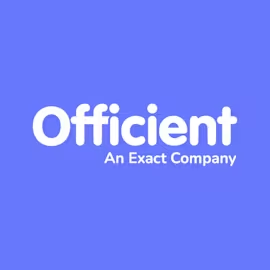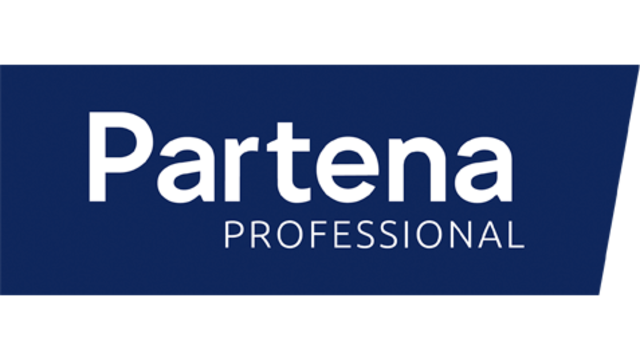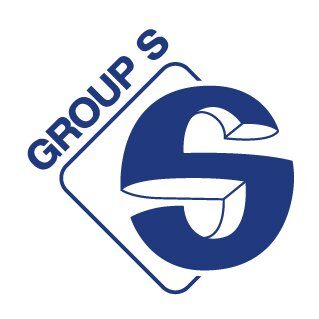Monitor the effectiveness of your HR policy
-
Optimise your most significant expenditure: the payroll
-
Visualise absenteeism and seniority for proactive management
-
Prepare your ESG reporting easily with our pre-configured HR indicators
.png)
+
connectors to combine your HR and accounting data
+
ready-to-use, customisable KPIs and graphs
Reliable, automatically updated HR reporting
-1.png)
Centralise Your Data
-
EMAsphere connects to your social-accounting secretariat and automatically collects your data.
-
Combine your accounting and HR data to go further in optimising staff costs.
Automate Your Reporting
-
Gain access to a catalogue of over 70 HR indicators, such as average seniority or absenteeism rate.
-
Use these indicators to feed your ESG reporting and strengthen your transparency.
-
Comparison with the past, group or entity view, analytics... you have all the tools to analyse your costs accurately.
Easily Share Information
-
Assign different access rights per user or user group and customise displayed dashboards.
-
Be transparent about your company's social practices and share your ESG data
.png)






Probis
"By enriching financial data with HR data, we can reveal hidden information and make more accurate decisions. Thanks to the integration between SD Works and EMAsphere, we have immediate access to this information !"
Probis / Johan D'Haene
Our Catalog of Pre-configured HR Representations
A catalogue of over 70 ready-to-use graphs, KPIs and tables for monitoring your HR data.
...
Many other KPIs and pre-configured graphs await you in EMAsphere.
Gross Pay
The 'Gross Remuneration' indicator is a crucial element for evaluating labour-related costs within your company. It represents the total amount of gross wages and benefits paid to your employees over a specific period. This indicator includes base salaries, bonuses, fringe benefits, and all other forms of direct compensation provided to employees.
Gross remuneration gives you an overview of workforce-related expenses and allows you to track the evolution of these costs over time. It helps you make informed decisions in human resource management and optimise your payroll budget.

Personnel Expenses Distribution by Contract Duration
The 'Personnel Expenses Distribution by Contract Duration' graph allows you to visualise the distribution of personnel expenses based on the type of contract your employees have, whether fixed-term or permanent contracts.
This graphical representation offers a clear and concise view of cost distribution for different contract types within your company, enabling you to quickly analyse trends and make informed decisions regarding human resource management and budget planning.

Absenteeism Ratio
The 'Absenteeism Ratio' is a key indicator to assess the impact of absences on your company's productivity. It measures the proportion of paid days not worked compared to the total working days over a given period. A high ratio can indicate issues such as frequent absences, lack of engagement, or employee health problems.
By monitoring this ratio, you can identify trends, take preventive measures, and implement policies to improve employee attendance and efficiency.

Personnel Expenses by Position
"The 'Personnel Expenses by Position' table provides detailed visibility into salary costs distributed by position within your company. Quickly identify positions that represent the most significant expenses and optimise your resource allocation.
Make informed strategic decisions by having a clear view of costs associated with each position, enabling effective payroll management."

Unworked Ratio
"The 'Non-Worked Paid Days Ratio' is a key indicator for measuring absenteeism within your company. It calculates the proportion of paid days where employees are absent or unavailable for work.
This ratio helps you assess the financial and operational impact of absenteeism by identifying trends and potential issues. By better understanding this measure, you can take proactive measures to improve productivity and human resource management."

Seniority Structure
The 'Seniority Structure' is a graph that represents the distribution of Full-Time Equivalent (FTE) Employees based on the age of employees within your company. This visual tool allows you to quickly visualise the demographic structure of your workforce, highlighting different age groups and their relative contribution in terms of FTE.
Through this age pyramid, you can better understand the generational distribution of your employees and make strategic decisions regarding recruitment, skill development and talent management.

Average Seniority
The 'Average Seniority' indicator allows you to measure the average duration that your employees stay with your company. This key human resources management indicator provides a comprehensive view of workforce stability and employee loyalty.
By calculating the average years of service for your employees, you can assess attrition and implement strategies to promote talent retention and strengthen team cohesion.

Personnel Costs Evolution & FTE
The 'FTE Number Evolution' graph allows you to track variations in the number of Full-Time Equivalent (FTE) employees within your company over time. By visualising these key data points, you can analyse workforce trends, identify periods of growth or reduction in personnel, and make informed decisions regarding human resource planning.
This graph provides a concise and easily understandable overview of your workforce evolution, facilitating efficient resource management.

Bradford Score
The Bradford Score is an indicator used in human resource management to measure recurring absenteeism within a company. It takes into account both the number of absence periods for an employee and the cumulative duration of these absences. The higher the Bradford Score, the more problematic the absenteeism is considered.
This indicator enables companies to identify employees who tend to be frequently absent, take measures to improve their presence at work, and minimise the impact on productivity.

Terminaison Cause
Departure Reason Analysis provides valuable insights into why your employees are leaving your company. Identify the main factors influencing talent retention and take actions to improve your human resources policy. This table will help you target problematic areas and implement effective strategies to maintain a motivated and engaged team.

Hourly Rate
The 'Average Hourly Cost' is a key indicator that calculates the average cost per hour worked by your employees. It is obtained by dividing the total payroll by the number of hours worked over a given period. This indicator evaluates workforce efficiency and identifies cost variations related to productivity.
By regularly monitoring the 'Average Hourly Cost', you can make informed decisions to optimise resource allocation and improve your company's profitability.

Split Personnal Costs per Contract Status
The 'Personnel Expenses Distribution by Contract Status (Employee/Worker)' indicator allows you to analyse the distribution of personnel costs based on their contract status, whether for employees or workers. With this indicator, you can clearly see the proportion of expenses associated with each contract category, helping you better understand your payroll structure and make strategic decisions accordingly. Optimise your budget and allocate your human resources effectively based on your company's specific needs.

Do not waste your time on repetitive tasks and reporting errors.
Share reliable and up-to-date analyses.
Connect Your HR Software
We connect your social-accounting secretariat to EMAsphere.
Learn more about EMAsphere connectors
Harness Your Data
After a few hours of training, use your reports autonomously to fully leverage your data.
Analyse Your Reports with Confidence
Make decisions based on reliable financial information and confidently share your reports within your group.













